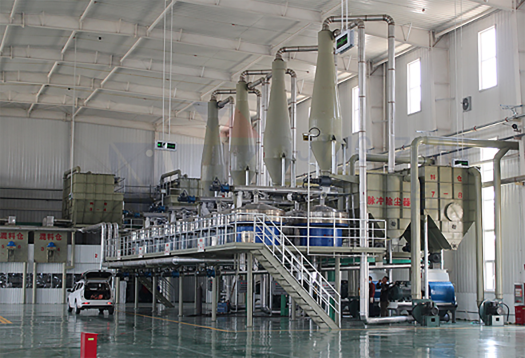
दिसम्बर . 10, 2024 16:44 Back to list
hydroxyethyl cellulose structure
Understanding Hydroxyethyl Cellulose Structure
Hydroxyethyl cellulose (HEC) is a water-soluble polymer derived from cellulose, which is one of the most abundant natural polymers found in plant cell walls. The chemical structure of HEC is instrumental in dictating its properties and potential applications across various industries, including pharmaceuticals, cosmetics, and construction.
Chemical Structure of Hydroxyethyl Cellulose
The fundamental building block of hydroxyethyl cellulose is the cellulose molecule, which consists of long chains of glucose units linked by β-1,4-glycosidic bonds. To create HEC, hydroxyl groups on the cellulose chains are partially replaced by hydroxyethyl groups through a chemical reaction with ethylene oxide. This modification not only enhances solubility in water but also alters the rheological properties and enhances the thermal stability of the polymer.
The resulting structure of hydroxyethyl cellulose features pendant hydroxyethyl groups that extend off the main cellulose chain. Typically, these hydroxyethyl groups are introduced at varying degrees of substitution, which leads to a range of HEC products with different viscosities and properties. The degree of substitution (DS) is a key parameter as it determines the extent to which the cellulose backbone has been modified. Higher degrees of substitution lead to increased solubility and viscosity in aqueous solutions.
Physical and Chemical Properties
One of the most notable characteristics of HEC is its ability to dissolve in cold water, forming a viscous solution. This solubility is attributed to the presence of the hydroxyethyl groups that disrupt intermolecular hydrogen bonds in the cellulose structure, allowing the polymer chains to disperse in water. The viscosity of HEC solutions can be tailored by adjusting the concentration of HEC and the degree of substitution, making it a versatile thickening agent.
hydroxyethyl cellulose structure

In addition to its thickening properties, HEC possesses excellent film-forming capabilities. When dried, HEC can form a flexible, transparent film that is resistant to moisture, making it particularly useful in coatings and films for various applications. This feature is often exploited in cosmetic formulations, where HEC is used to impart a smooth texture and enhance the longevity of the product on the skin.
Applications of Hydroxyethyl Cellulose
Due to its unique structure and properties, hydroxyethyl cellulose finds its application in a variety of industries. In the pharmaceutical field, HEC is used as a binder and thickener in tablet formulations and as a gelling agent in topical creams and gels. Its non-toxic nature and biocompatibility make it an ideal choice for pharmaceutical applications.
In the cosmetic industry, HEC is employed as a thickening agent in products like lotions, shampoos, and other personal care items. Its ability to enhance the texture and stability of formulations is well-recognized, contributing to a pleasurable user experience.
The construction industry also leverages the properties of hydroxyethyl cellulose, particularly as an additive in cement and mortar. HEC improves the workability of these materials, preventing segregation and enhancing water retention, which is crucial for hydration and curing processes.
Conclusion
The structure of hydroxyethyl cellulose, characterized by its long cellulose chains modified with hydroxyethyl groups, is key to its functionality across various applications. Its versatility as a thickening, binding, and film-forming agent cements its importance in pharmaceuticals, cosmetics, and construction. As research continues to explore the potential of HEC, its applications are likely to expand, offering new solutions in both established and emerging fields. Understanding the intricate structure and properties of hydroxyethyl cellulose not only highlights its current uses but also points towards future innovations that may arise from this remarkable polymer.
-
Versatile Hpmc Uses in Different Industries
NewsJun.19,2025
-
Redispersible Powder's Role in Enhancing Durability of Construction Products
NewsJun.19,2025
-
Hydroxyethyl Cellulose Applications Driving Green Industrial Processes
NewsJun.19,2025
-
Exploring Different Redispersible Polymer Powder
NewsJun.19,2025
-
Choosing the Right Mortar Bonding Agent
NewsJun.19,2025
-
Applications and Significance of China Hpmc in Modern Industries
NewsJun.19,2025







